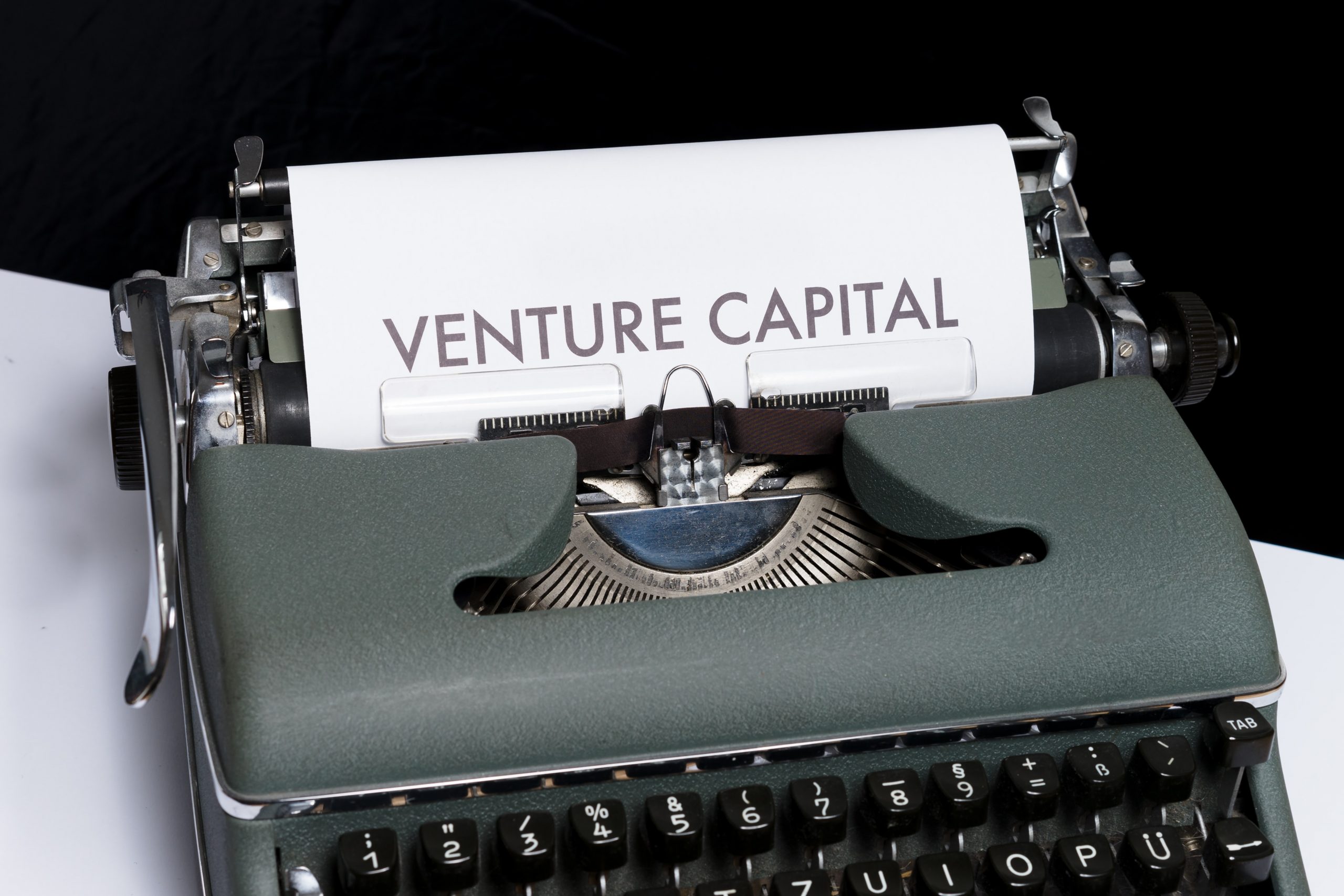By Louis Lehot, business lawyer and partner at Foley & Lardner LLP in Silicon Valley, and formerly the founder of L2 Counsel, P.C.
Whether you are an entrepreneur looking for your next round of venture capital, or a venture capital investor swinging for the fences, the pandemic has changed how we play the startup game, and this article will tell you how to read and negotiate a venture capital term sheet in the new normal.
First off, what’s happening in VC markets?
Before we dive into term sheets, let’s take a look at the environment in which they are being negotiated. The pandemic has made 2020 a very challenging year for most businesses. Most braced themselves for a profound economic impact as shutdowns began. Q2 venture capital numbers have been one of the few economic bright spots.
According to PWC and CB Insights MoneyTree Report for Q2 2020, global deal counts in North America, Asia, and Europe totaled 3,812, a relatively modest decline of 9% year-over-year. The aggregate deal value was $50.2 billion, a drop of 13% year-over-year. Looking at Q1 to Q2 changes, Asia saw an increase of 20%, while Europe and North America grew 9% and 3% respectively.
Although it may seem US values were modest, with $27 billion in Q1 and $26.9 billion in Q2, deal activity actually reversed three prior consecutive quarters of decline, despite the pandemic. Mega-rounds hit a new record – 69 companies raised rounds of $100 million or more in Q2 2020, showing a “flight to quality” in venture as firms sought to shore up late-stage companies with more capital to ride out the stormy weather.

Picture Credits: Unsplash.com
New unicorn valuations declined for the fourth consecutive quarter. Q4 2018 had a record 23 unicorns. Q1 and Q2 2020 saw just 13 and 11, respectively. However, the total US unicorn population continues to grow with 209 US companies currently valued at one billion dollars or more, for an aggregate valuation of $630 billion. This also reverses a trend of two consecutive quarters of decline.
In the seed and Series A stage categories, volumes were way off. Finding initial capital during the quarter was challenging for new startups. Seed-crunch? Series A crunch?
With this in mind, let’s review some of the key elements of venture capital term sheets discussed by Silicon Valley lawyer Louis Lehot and his panelists during a August 4, 2020, webinar. Panelists included Nicole Hatcher, founding partner of Allen & Hatcher LLP, and Vitaly Golomb, managing director of GS Capital.
Stages of VC Financing
Seed Stage
After you have raised money from friends, family and business angels, and you have developed a minimum viable product or “MVP,” and are at a point where you are able to demonstrate product-market fit and are probably collecting revenue, you can consider approaching seed-stage venture capital investors.
In recent years, the pre-seed and seed stage environment has evolved tremendously. With few seed-stage investors willing to place bets on first-time founders and brand new business models, friends, family and business angels are having to dig deeper and fill the void. It is the rare fund that invests in pre-seed and seed stage in 2020. Historically, seed stage companies could attract Series Seed or Series A preferred stock funding, and now these deals are being funded by business angels or micro-seed funds (often federations of business angels or operatives) with SAFEs and Convertible Notes. During the period, we are seeing that startups looking to raise funding at the $250-500k level not only have to demonstrate a minimum viable product, but also product-market fit with revenue, especially with first-time founders in charge.
Even a few years ago, having a convertible note with capital raised at over USD1 million was rare. Now, seed rounds with convertible notes or SAFEs of $5M or more has become the norm before a Series A round can be contemplated.
From the perspective of general partners of venture capital firms trying to raise new funds, we continue to see more dollars going into fewer and larger funds, and considerable vertical focus and specialization among seed funds in order to survive and differentiate.

Picture Credits: Unsplash.com
Early Stage
Early stage funds now are focusing on “Series A” and “Series B” stage companies. While historically Series A was seed stage, it is now a “tweener,” having demonstrated product-market fit by trailblazing disruption to a category and showing four quarters of double digit revenue growth. In today’s world, Series A and Series B funding rounds are scaling capital, with money being deployed to boost sales and marketing and further develop product.
Series A stage requires recurring demonstrable revenue. For some companies, especially manufacturing companies, this can pose a big challenge because large-scale funding is required to build plants and factories in order to generate revenue. Corporate venturing groups tend to be a good area to focus for this type of business.
Growth Stage
Series C, D, E and further rounds are what we call “growth stage.” While historically this capital was for scaling, it is now used for product development, M&A, going global and fueling hyper-growth. A startup that has made it to this stage is quite successful and looks for additional funds to help develop new products, expand to new markets or even acquire other companies in order to grow its own business.
Pre-IPO Stage
By this time, a startup is looking for money for the sole purpose of going public.
With all the changes to earlier rounds, companies are staying private much longer. The terms in these pre-IPO or later growth rounds that were before quite exotic are going to become intricate and interesting.
Mega-VC funds or public pools of capital dipping into the private markets have been the driver of this change. Their involvement changed the whole venture model, because they are investing large amounts of money at later stages. Previously, companies had to get access to public markets to raise that kind of capital. It changed the calculus and perspective on the market. As a result, by the time companies are going public, they are worth tens of billions of dollars. These valuations were unheard of before now.
Take the case of Palantir Technologies in point. In July 2020, they raised $550M in a pre-IPO stage venture capital round according to a Reg D filing, replenishing its coffers with an amount of cash that historically only large public companies could access. Then in August 2020, rather than filing for a traditional initial public offering (IPO), they filed for a direct listing. The direct listing enables stockholders who have held for longer than Rule 144 holding periods to immediately sell down without lockup. How many other tech IPOs will be similarly disrupted? Best of both worlds: company gets primary capital and stockholders not locked up.
As you embark on your first fundraise or a full venture capital round, startup founders need to know who they are talking to when they go out to raise money. You don’t want to waste your time or be “out of school” approaching late stage funds when you are pre-revenue. With many funds focusing on a vertical strategy, founders must also pursue funds in their space.



